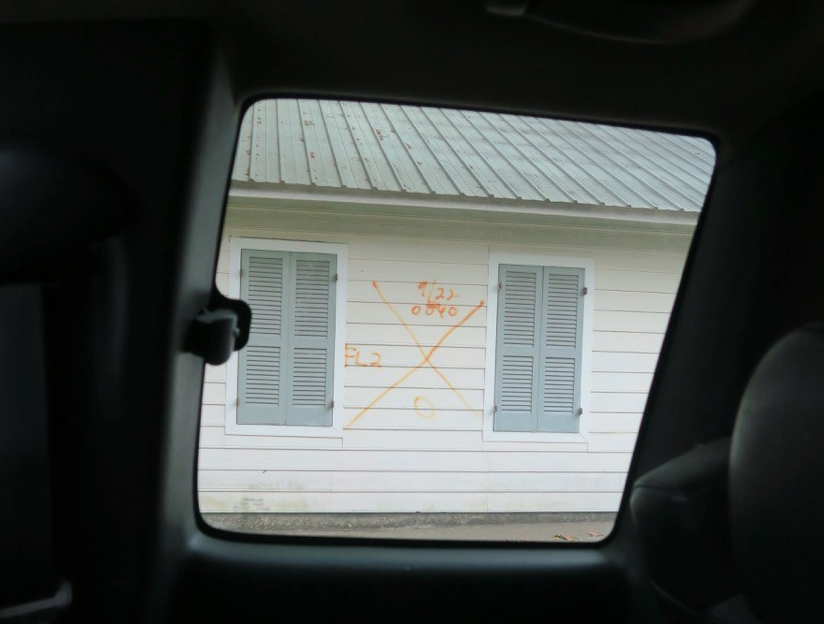Patrick is co-editing a special issue of the journal Performance Research (with Gianna Bouchard, University of Birmingham, UK), entitled ‘Staging the Wreckage’. The theme has many synergies with the work of Performing City Resilience, indeed Patrick will be writing on New Orleans in the issue, and so we are very please to include the CFP here:
Performance Research, Volume 24, Issue 5: Staging the Wreckage
Deadline: 27 August 2018. Issue Editors: Gianna Bouchard and Patrick Duggan
Imagine walking into a vast and chilly aeroplane hangar.
Imagine encountering a space that is so vast that your own body’s scale and fleshy fragility becomes strikingly apparent to you in startling contrast to the volume and metallic solidity of the room.
Imagine the chill of this space.
Imagine its enveloping, sparse, metal-and-concrete scenography.
Imagine entering this space in search of answers.
Imagine entering this space in search of answers about the death of a loved one.
Imagine entering this space in search of answers about the death of a loved one who has perished, unexplained, in a plane crash.
Imagine entering this space in search of answers about the death of a loved one who has died in an unexplained aeroplane crash, and seeing the wreckage of that crash laid out for your interrogation.
Imagine that wreckage being one of four or five staged in the same space.
Imagine the room abuzz with the activity of investigators and others mourning, picking over the wreckage in search of…
From the destruction of the Twin Towers in 2001, to the devastation of the Indian Ocean tsunami in 2004, to the images of the current refugee crisis and recent terrorist atrocities, the early twenty-first century has witnessed increased media interest in showing all kinds of wreckage to a global audience. While these particular examples are captured in images of the debris and detritus of a catastrophe, there has also been a significant turn, particularly in the UK, to the descriptions and linguistic performances of emotional and psychological wreckage, from the victims of various high-profile sexual grooming and abuse cases, to survivors and witnesses of other events. Wreckage is also increasingly made available through the rise of television dramas that deal with violence and representations of its aftermath. Theatre also often calls on stagings of wreckage to show the labour of performance, the inevitable failure of representation and the disasters immanent in human relations. Companies such as Forced Entertainment and Societas Raffaello Sanzio deliberately and provocatively perform wreckage as an intrinsic part of their theatrical practice.
The calling forth of the wreckage in these moments, whether through personal narrative, the detritus of performance or the crumpled remains of the fuselage of an aircraft is a means of trying to deal with the calamity, a way of keeping it in memory and a deliberate staging of the evidence. Once the wreckage is revealed, the resultant ricocheting of images and affect across the media and society can have a significant impact, spurring public enquiries, prosecutions, policy revisions and other forms of reflection and memorial. The loss of control implicit in the wreckage is often partially recuperated through future-oriented control of its visibility and dissemination.
This issue of Performance Research invites a consideration of these wider social and cultural contexts, as well as to more explicitly theatrical examples. In thinking about increased demands for staging the wreckage and showing the products of catastrophe, we invite contributors to consider such things as an ethics of spectatorship in relation to the wreck, documentation of the wreckage, its theatrical and performative staging, the effect of wreckage and its potential for salvage and renewal. Essentially, this issue asks: what does the staging of wreckage do? The issue is concerned not so much with the initial event but with the trace of the thing and the way that that trace is staged or performed.
To which end, ‘staging the wreckage’ may refer to or be concerned with (but is not limited to):
· re-presentation/aestheticization of the wreckage of objects, materials and bodies
· absence of/and staged wreckage
· controlled (access to) wreckages
· impossible wreckage/impossible salvage
· accident investigations: planes, cars, boats, trains and so forth
· human wreckage
· relationships
· stages after the performance has ended
· performances that represent wreckage
· medical procedures and documentations of such
· historical staging of wrecking
· ecological disasters and environmental waste
· nuclear fallout and its documentation
· staging of high-profile resignations
· the day after an election
· illness
· death and death rituals
· war
· bad museum curating
· (domestic) arguments
· performance and trauma
· therapy
· giving bad news to someone you love
· giving bad news to someone you hardly know
· trauma tourism
· the creation of trauma/memorial sites
· school nativity plays
· spilt milk
· computer viruses, technological collapse
· being set up (for a crime you didn’t commit)
· fact and fiction of crime scenes
· stock market crashes and graphic depictions of that
· detritus from a really good party
· suicide
· sporting wreckages
· postmodernity and wreckage
· modernity as wreckage (after Benjamin, for example)
· wreckage and biography
· redundancy
· reality TV (including auditions)
· symbolic presentations of wreckage
· representations of wreckage in theatre, performance, live art
· deliberate wreckage in performance (breaking/smashing the performance)
· the wreckage of performance (corpsing, interruptions, technical failure)
· corpses/dissected bodies/wounded bodies
· dementia/degenerative illness/memory loss
· the wreckage of democracy
We are inviting longer essays (from 4,000 to 6,000 words), shorter provocations (2,000 words) and artist pages (number of pages to be agreed with the editors).
Please send 300–400 word abstracts plus a 100 word bio for artists pages, critical essays, interviews, practice research essays or provocations that attend to (but are not limited to) any aspect of the above.
Schedule:
Proposals: Monday 27 August 2018
First drafts: December 2018
Final drafts: February 2019
Publication: July/August 2019
Issue contacts:
All proposals, submissions and general enquiries should be sent direct to Performance Research at: info@performance-research.org
Issue-related enquiries should be directed to the issue editors:
Patrick Duggan (University of Surrey): p.duggan@surrey.ac.uk
Gianna Bouchard (University of Birmingham): g.m.bouchard@bham.ac.uk
General Guidelines for Submissions:
• Before submitting a proposal, we encourage you to visit our website (www.performance-research.org ) and familiarize yourself with the journal.
• Proposals will be accepted by email (Microsoft Word or Rich Text Format (RTF)). Proposals should not exceed one A4 side.
• Please include your surname in the file name of the document you send.
• Please include the issue title and issue number in the subject line of your email.
• Submission of images and other visual material is welcome provided that all attachments do not exceed 5 MB, and there is a maximum of five images.
• Submission of a proposal will be taken to imply that it presents original, unpublished work not under consideration for publication elsewhere.
• If your proposal is accepted, you will be invited to submit an article in first draft by the deadline indicated above. On the final acceptance of a completed article you will be asked to sign an author agreement in order for your work to be published in Performance Research.
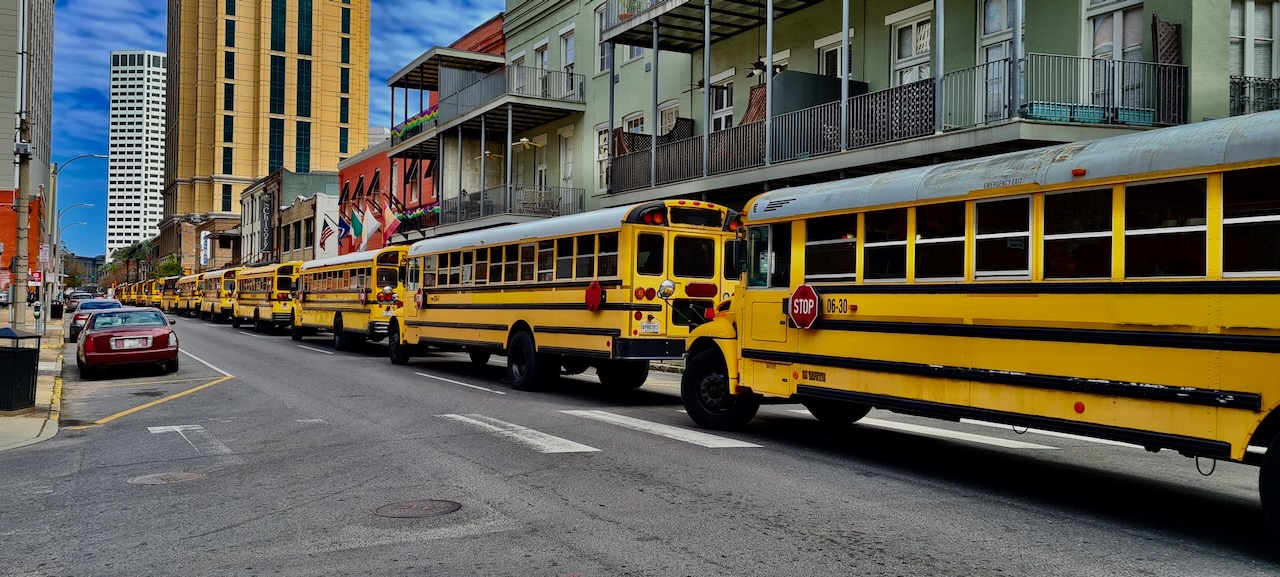
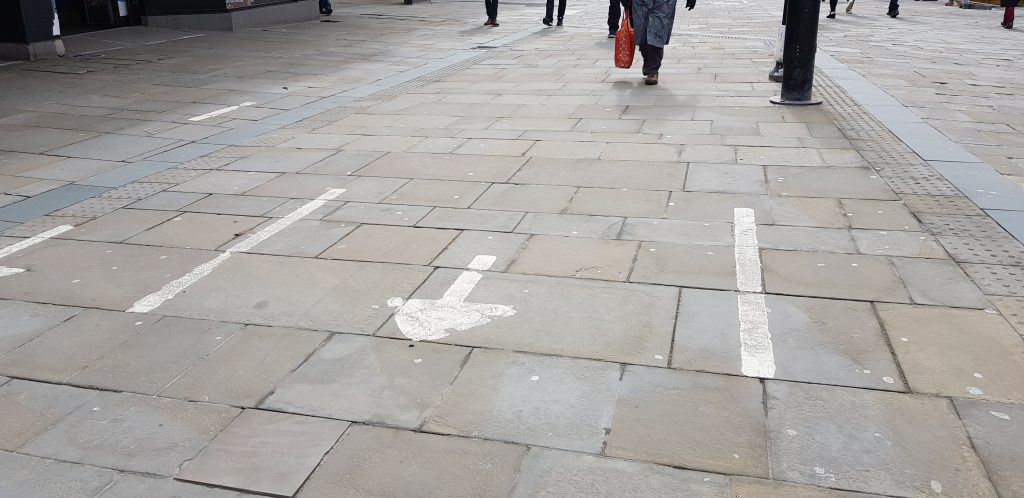
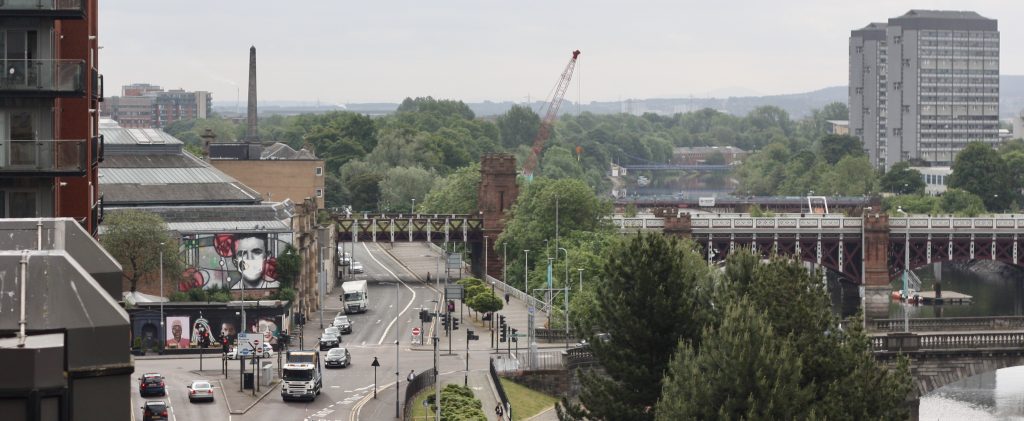
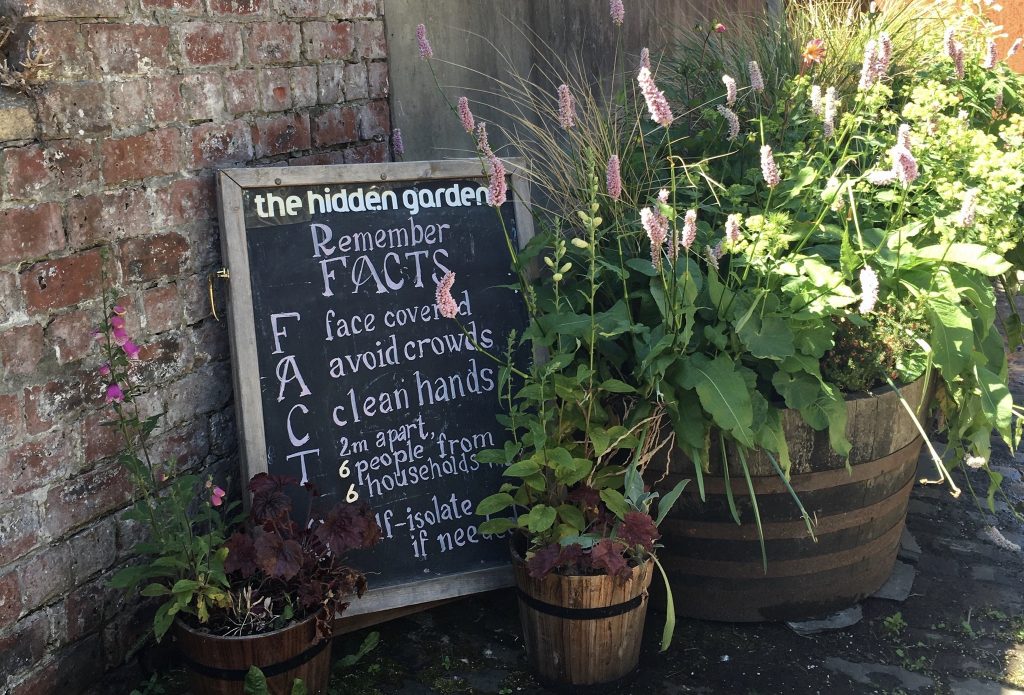
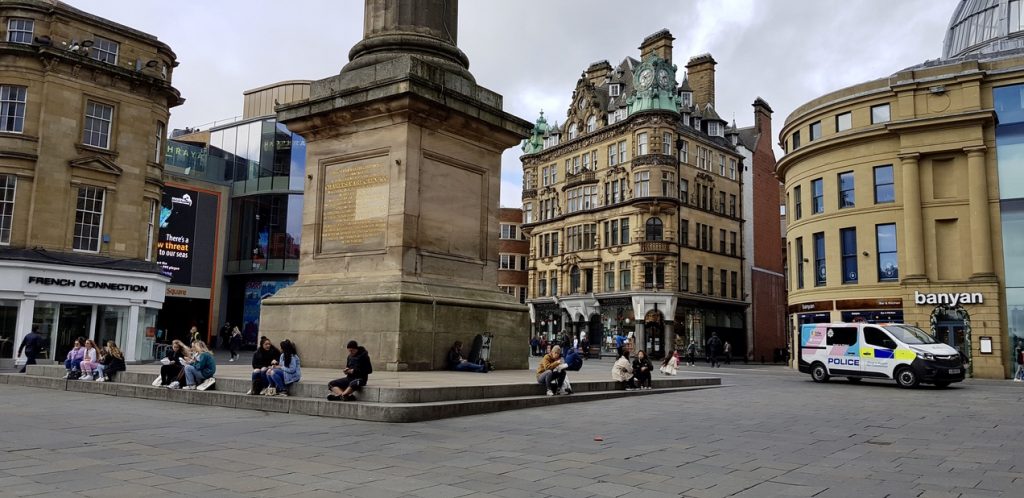
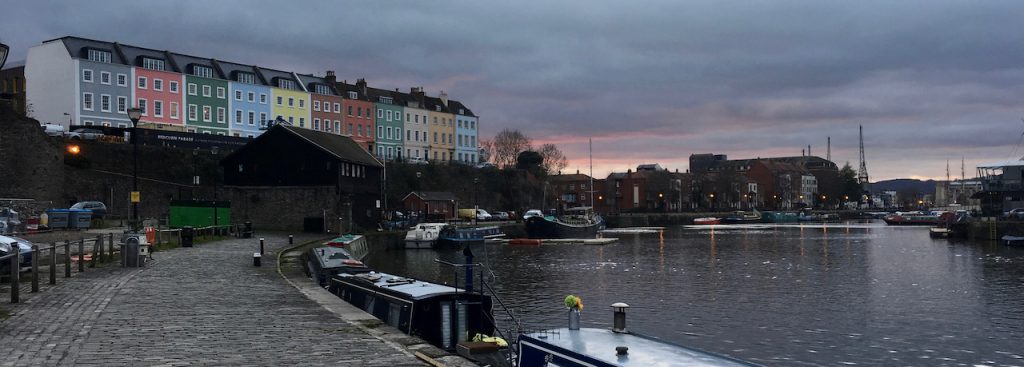
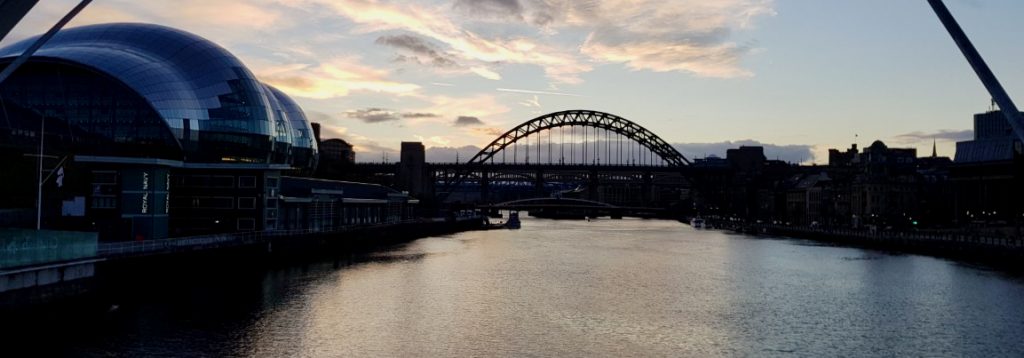
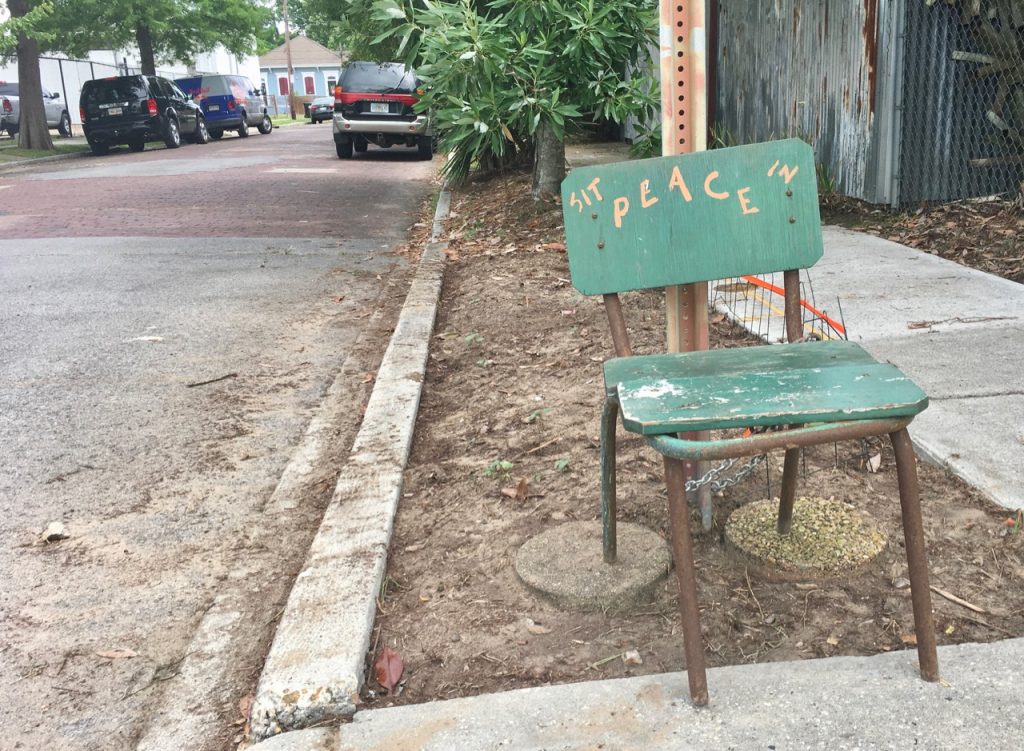
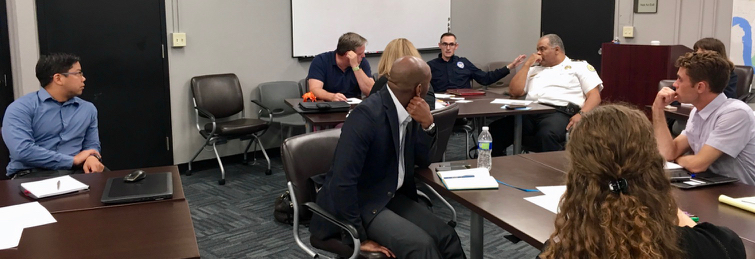
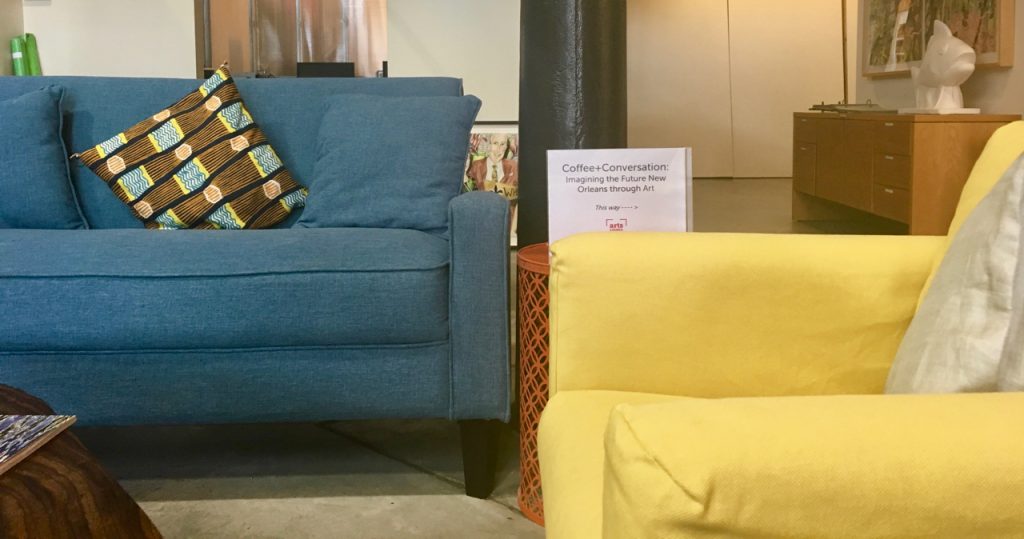


 PD: We’ve been told to meet Laura [Paul] at ‘Orleans and North Rampart’, outside a bar called Voodoo Lounge. The bar’s red paint is sun bleached, its walls cracked and crumbling slightly. The bar seems friendly enough but we can’t see anyone that we can immediately identify as our ‘tour guide’ [2]. Waiting outside I become anxious about having missed Laura somehow. I’m also preoccupied thinking about how much of a donation we should give the organisation (lowernine.org) if and when she does take us to the area of the city most heavily devastated by Katrina and the subsequent levee breach on the Industrial Canal. I’m probably also a bit jet-lagged which doesn’t help.
PD: We’ve been told to meet Laura [Paul] at ‘Orleans and North Rampart’, outside a bar called Voodoo Lounge. The bar’s red paint is sun bleached, its walls cracked and crumbling slightly. The bar seems friendly enough but we can’t see anyone that we can immediately identify as our ‘tour guide’ [2]. Waiting outside I become anxious about having missed Laura somehow. I’m also preoccupied thinking about how much of a donation we should give the organisation (lowernine.org) if and when she does take us to the area of the city most heavily devastated by Katrina and the subsequent levee breach on the Industrial Canal. I’m probably also a bit jet-lagged which doesn’t help.
